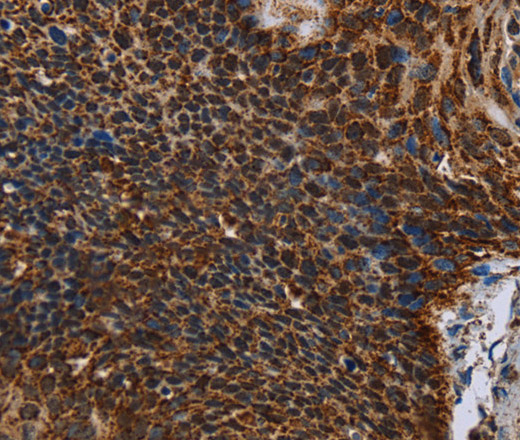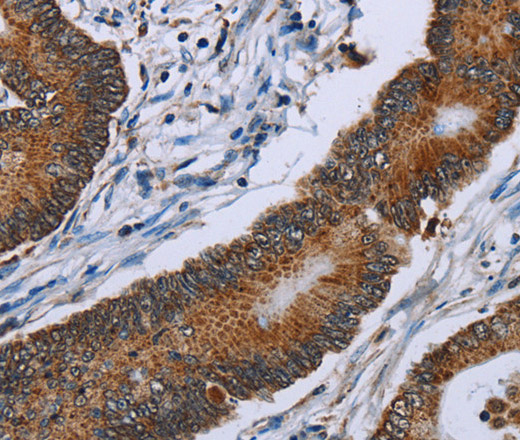IDH2 Polyclonal Antibody
For reference only. Please follow the manual included in your kit for instructions.
Catalog Number
RD78174A
Product Name
IDH2 Polyclonal Antibody
Catalog Number
RD78174A
Clonality
Polyclonal
Purification Method
Affinity purification
Isotype
IgG
Host
Rabbit
Background
Isocitrate dehydrogenases catalyze the oxidative decarboxylation of isocitrate to 2-oxoglutarate. These enzymes belong to two distinct subclasses, one of which utilizes NAD(+) as the electron acceptor and the other NADP(+). Five isocitrate dehydrogenases have been reported: three NAD(+)-dependent isocitrate dehydrogenases, which localize to the mitochondrial matrix, and two NADP(+)-dependent isocitrate dehydrogenases, one of which is mitochondrial and the other predominantly cytosolic. Each NADP(+)-dependent isozyme is a homodimer. The protein encoded by this gene is the NADP(+)-dependent isocitrate dehydrogenase found in the mitochondria. It plays a role in intermediary metabolism and energy production. This protein may tightly associate or interact with the pyruvate dehydrogenase complex. Alternative splicing results in multiple transcript variants.
Immunogen Information
Immunogen
Recombinant protein of human IDH2
Swissprot
P48735
Synonyms
D2HGA2ICD-MIDHIDH2IDHMIDHPIDPIDPMIsocitrate dehydrogenase [NADP]mitochondrialIsocitrate dehydrogenase 2 (NADP+)mitochondrialmNADP-IDHNADP(+)-specific ICDHOxalosuccinate decarboxylase
Calculated MW
51 kDa
Gene Accession
BC009244
Applications
Reactivity
Human,Mouse,Rat
Tested Applications
WB,IHC,ELISA
Conjugation
Unconjugated
Dilution
WB 1:500-1:2000, IHC 1:100-1:300
Concentration
0.4 mg/mL
Storage Buffer
PBS with 0.05% sodium azide and 50% glycerol, PH7.4
Storage Instructions
Store at -20°C. Avoid freeze / thaw cycles.


